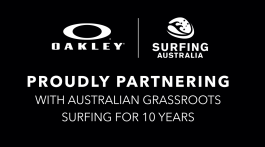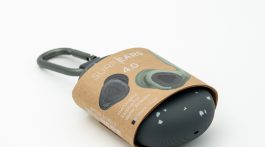Original Content sourced from Australian Retailers Association
Mobile technology – (the digital extension of a retailer’s storefront) is now at the heart of location-based tactics that allow brands to send personalised messages to their consumers when they are most receptive to them. In doing so, retailers are delivering unparalleled time – and location -appropriate customer experiences.
Despite an increased concern over protecting personal data, consumers want personalisation in order to feel valued. They want a connected and frictionless journey as they move between channels and devices; and they want experiences that enhance their day-to-day lives both online and offline.
Today, location-based marketing takes mobile targeting and personalisation to a whole other level: knowing exactly where the customer is and sending location-relevant content.
What is location-based marketing?
Location-based marketing utilises a customer’s smartphone geolocation to send notifications to them. These are triggered by the customer entering a predefined geo-location, and notifications contain content relevant to their actual location.
According to an IAB study in 2016, 46% of ad blocker users say that ads are ‘often irrelevant’ to them. Localised ads are, by their very nature relevant and therefore much less likely to be blocked or ignored. People spending their day in a suburban shopping mall will be looking for different experiences to those relaxing on the beach, and their location should determine what type of advertisement they are most likely to engage with.
Imagine you’ve taken a rural vacation for the weekend and you get a push notification about an inner-city clothing store’s 50% off sale. Due to distance the alert would be useless and ignored. Now imagine you’re walking through that city, only a street away from that store and you get the same notification. Being nearby, this would be more useful, timely and instantly actionable. Suddenly, becoming a paying customer is much easier.
Leveraging location relevancy
Retailers are currently using two types of location-based techniques: location-based marketing and proximity marketing.
Location-based marketing is where the location of a customer is determined using their devices’ GPS coordinates. A retailer can, for instance, send automatic notifications to a customer as they arrive in town and track them right up until the moment they enter the mall.
Proximity marketing would then be used to track the shopper’s movements inside the mall, where no GPS signal can be used to determine their precise location. For this kind of marketing, beacons are most commonly used to define an area of proximity around the store. Push notifications, triggered by them entering (or exiting) this zone, can direct them to the store or send relevant offers.
This technology is already being used in high-traffic retail environments with success. For example, London’s Regent Street has its own app which invites users to input their preferences, so it can identify specific shops on a map that the user would most likely be interested in. This app also sends ads and special offers from relevant brands as users get closer to them.
Retailers can get really creative with location-based marketing; targeting people that are walking distance away. Brands can also lure customers away from competitors by having them trigger special offer notifications. They can make sure the online purchase is waiting when the customer comes to collect it, or offer discounts on local parking if users visit the store. Further to this, a sports store could target people at the gym, and a camping store could target those attending a caravan exhibition. Some retailers have also leveraged insights on the specific routes customers take to get to their store to guide advertisement positioning.
The next level of mobile engagement
Over recent years retailers jumped onto mobile advertising to get their messages directly to customers, no matter their location. Today, however, this is simply not enough. Location-based marketing takes mobile targeting, personalisation and customer experience to a whole other level: knowing exactly where a consumer is and sending location-relevant content to grow sales and build brand loyalty.
Wayne Jasek is the Director of APAC Operations for Kentico. He specialises in helping Australian retailers deliver executional online experiences that turn visitors into customers. Learn more at kentico.com






